Leadership Lift: Empowering You to Lead with Purpose and Impact
December 12, 2024
This Week's Focus: Leading with Your Heart, Not Just Your Eyes
Welcome to your weekly boost of insights and encouragement for purposeful leadership. This week, we’re focusing on what it means to lead with empathy and intention. As leaders, we often rely on what we see, but true leadership happens when we look deeper—beyond attitudes or behaviors—and lead with our hearts. Let’s explore how leading with empathy can create lasting connections and inspire meaningful impact within your team.
Thought of the Week: Lead with Empathy, Inspire with Purpose
Leadership isn’t just about addressing what we see on the surface—it’s about asking the deeper questions that help us understand and connect with the people we lead. Our eyes may notice attitudes or behaviors that feel challenging, but our hearts prompt us to ask, What’s behind this behavior? How can I bring out the best in this person?
When we lead with empathy, we create a foundation of trust and understanding. This approach not only helps us navigate difficult moments but also inspires loyalty, motivation, and collaboration. Reflect on this: Are you leading with your eyes alone, or are you allowing your heart to guide your leadership?
Book Spotlight: Dare to Lead by Brené Brown
This week’s book spotlight is Brené Brown’s Dare to Lead, a powerful guide to leading with vulnerability and courage. Brown emphasizes the importance of empathy in leadership and challenges leaders to approach situations with curiosity and connection rather than judgment or assumptions.
Excerpt from the Book:
"Vulnerability is not about winning or losing. It’s having the courage to show up when you can’t control the outcome." — Brené Brown, Dare to Lead
Apply this insight to your team: The next time you encounter resistance or frustration, pause and ask: What might this person be experiencing that I can’t see? Leading with curiosity and empathy builds trust and opens the door to meaningful change.
Strategy to Try This Week: The Heart-Forward Leadership Practice
Empathy-driven leadership is most impactful when paired with intentional actions. This week, try these three steps to lead with your heart and build stronger connections with your team:
1. Ask the Right Questions
Before reacting to what you see, ask yourself:
What might this person be experiencing that I can’t see?
Am I interpreting their actions fairly, or am I making assumptions?
How can I help this person see the best in themselves?
These questions shift your focus from judgment to understanding, helping you lead with compassion.
2. Foster Trust Through Open Dialogue
Create opportunities for your team to share their experiences and perspectives. Whether it’s through one-on-one conversations or team discussions, showing you care about their input strengthens trust and morale.
Example: “I’d like to hear your perspective on this. What challenges are you experiencing, and how can I support you better?”
3. Celebrate Growth and Positivity
When you notice progress, even in small ways, take the time to acknowledge it. Recognizing the good in your team reinforces a culture of positivity and encouragement.
Example: “Your collaboration on this project has been outstanding. It’s a great example of what we can accomplish together.”
Real-World Success Story: Turning Challenges into Connections
A leader I know once struggled to connect with a team member who appeared disengaged and resistant to feedback. Instead of addressing the behavior directly, the leader approached the situation with empathy, asking questions like, What support might this person need? and How can I build trust with them? Through open conversations, they discovered the team member was overwhelmed by personal challenges. By offering understanding and support, the leader turned a difficult situation into an opportunity for connection and growth.
Journal Prompt for the Week
Reflect on how you approach challenging behaviors or attitudes in your team. What assumptions do you find yourself making? How can you shift your focus to ask questions that build understanding and trust?
Homework for the Week: Practice Empathy-Driven Leadership
Team Meetings: Start each meeting by reinforcing your team’s value and impact. Frame challenges as opportunities for growth.
One-on-One Conversations: Use these moments to ask meaningful questions, such as, What support would be most helpful to you right now?
End-of-Week Reflection: Reflect on how empathy and understanding shaped your interactions this week. What did you learn about your team—and yourself?
Motivational Quotes to Inspire Your Week
“Leadership is not about being in charge. It is about taking care of those in your charge.” — Simon Sinek
“Empathy is about finding echoes of another person in yourself.” — Mohsin Hamid
“The most powerful leadership tool you have is your own example.” — John Wooden
Final Thoughts
As leaders, our ability to connect with our teams goes beyond what we see—it’s rooted in how we understand and support them. By asking the right questions and leading with our hearts, we can create an environment of trust, motivation, and meaningful impact.
This week, let your heart guide your leadership. Seek to understand, celebrate progress, and inspire those around you to see the best in themselves. Together, we can achieve incredible things.
Until we meet again, Be a Leader. Be a Learner. Be Kind.
Roy
share this
Related Articles

1 Truth · 2 Strategies · 1 Reflection Weekly Leadership Lift with Dr. Roy Bishop, Jr. If you want to avoid burnout, start your day with yourself before you give it away to everyone else. Most educational leaders wake up and immediately jump into emails, messages, or mental checklists of what needs to get done. Before the day even begins, you’re already reacting instead of leading. And when every day starts like that, burnout isn’t a possibility; it’s a guarantee. You can’t lead others well if you don’t lead your own morning first. 1 Truth The tone of your morning sets the temperature for your leadership. When you wake up rushing, your day stays rushed. When you wake up grounded, your day follows your rhythm, not everyone else’s. The best leaders don’t wait for peace to find them; they create it. That’s why every morning should begin with intentional stillness, a quiet moment to connect with yourself before the demands of the day take over. Whether it’s reflection, working out, journaling, or silence, those first minutes shape how you think, decide, and show up for others. 2 Strategies to Live It Out 1. Create a “No Noise” Zone (I have to do this in my car sometimes…) Spend your first 15–20 minutes without screens, texts, or social media. Instead, check in with your mindset. Ask yourself: What do I need to feel centered today? Maybe it’s gratitude, calm, or focus. When you take control of your internal environment, you can handle anything that happens in your external one. 2. Set an Intention, Not Just a Schedule. Before you dive into your calendar, decide how you want to be today, not just what you want to do. For example: “Today I will lead with patience.” “Today I will listen more than I speak.” This simple shift helps you lead from clarity instead of chaos. 1 Reflection Question What’s the first thing you focus on each morning and how does it impact the rest of your day? Take Action Tomorrow morning, try this: wake up 15 minutes earlier. Don’t check your phone. Don’t open your email. Just sit with your thoughts, breathe, stretch, or write. Give yourself the first and best part of your day. That single act of discipline will protect your energy more than any time-management strategy ever could. Final Word Avoiding burnout doesn’t require a total life overhaul, it requires a consistent commitment to start your day on purpose. You can’t pour into others if you’re already empty when the day begins. Lead your morning, and you’ll lead your mindset. Lead your mindset, and you’ll lead your day. Lead your day, and you’ll lead your life. Until next time, Be a Leader. Be a Learner. Be Kind. Let’s keep leading together. Dr. Roy Bishop, Jr. Founder of The Be Team I help leaders and future leaders, from the classroom to the boardroom, build confidence, protect their peace, and grow into the best version of themselves by learning to grow through the seasons of feeling stuck, burnt out, or overlooked. It happens to all of us at some point so why not prepare for it? Because leadership isn’t about titles; it’s about becoming. And I believe that everyone, no matter their age or experience, deserves the chance to be the leader they were meant to be.

1 Truth · 2 Strategies · 1 Reflection Somewhere along the way, I started confusing being busy with being effective. I’ve always been told that working longer hours and sacrificing rest somehow proves our dedication. But being exhausted isn’t a sign that you’re doing great work. It’s a sign that you’re doing too much of the wrong work (there is such a thing), the kind that drains your purpose instead of fueling it. As educational leaders, we pour into everyone else, students, staff, and families and often forget to pour back into ourselves. Leadership isn’t about doing it all. It’s about doing what matters most, with energy, clarity, and intention. You can’t lead effectively if you’re constantly running on fumes (I have never seen this done well). 1 Truth You’re not tired because you’re weak. You’re tired because you’re operating without renewal. When you ignore rest, reflection, and boundaries, you trade long-term effectiveness for short-term validation. Exhaustion might look like dedication, but it’s really depletion. Strong leaders understand that protecting their energy isn’t selfish, it’s smart. The best version of you isn’t the busiest one. It’s the one that’s focused, fueled, and fully present for your team, your students, and yourself (we often forget about ourselves in the equation). 2 Strategies to Live It Out Audit Your Energy Before the week gets away from you, take a few minutes to ask yourself: What gives me energy? What drains it? Then make one small adjustment. Maybe it’s saying no to an extra meeting, taking a short walk instead of scrolling your phone, or turning off notifications after hours. Awareness creates alignment, and alignment builds sustainability. Rest Without Guilt Rest is not a reward for getting everything done. It’s a requirement for showing up as your best self. Schedule your recovery time like any other meeting (seriously, put it on your calendar now or it won’t happen). Sleep, quiet reflection, and personal time don’t make you soft. They make you last. The leaders who thrive long-term are the ones who protect their peace and model balance for others (I used to be really bad at this). 1 Reflection Question What is one responsibility or mindset I’ve been holding onto that no longer deserves my energy? Take Action Take ten minutes today to define your energy boundaries. Write down three things that drain you and three things that refuel you. Keep that list somewhere visible. Every time you start to feel overwhelmed, go back to it. Your energy is your leadership advantage so protect it. Final Word Exhaustion is not a requirement of leadership; it’s a signal that something needs to change. You don’t have to prove your worth by overworking yourself. You prove it by showing up whole, grounded, and consistent. When you protect your peace, you amplify your presence. When you slow down, you gain clarity. When you take care of yourself, you give everyone around you permission to do the same. Until next time, Be a Leader. Be a Learner. Be Kind. Let’s keep leading together. Dr. Roy Bishop, Jr. Founder of The Be Team — helping educational leaders lead with purpose, balance, and mindset. I help leaders and future leaders from the classroom to the boardroom, build confidence, protect their peace, and grow into the best version of themselves by learning to grow through the seasons of feeling stuck, burnt out, or overlooked. It happens to all of us at some point, so why not prepare for it? Because leadership isn’t about titles; it’s about becoming. And I believe that everyone, no matter their age or experience, deserves the chance to be the leader they were meant to be.

1 Truth · 2 Strategies · 1 Reflection Somewhere along the way, I started confusing being busy with being effective. I’ve always been told that working longer hours and sacrificing rest somehow proves our dedication. But being exhausted isn’t a sign that you’re doing great work. It’s a sign that you’re doing too much of the wrong work (there is such a thing), the kind that drains your purpose instead of fueling it. As educational leaders, we pour into everyone else, students, staff, and families and often forget to pour back into ourselves. Leadership isn’t about doing it all. It’s about doing what matters most, with energy, clarity, and intention. You can’t lead effectively if you’re constantly running on fumes (I have never seen this done well). 1 Truth You’re not tired because you’re weak. You’re tired because you’re operating without renewal. When you ignore rest, reflection, and boundaries, you trade long-term effectiveness for short-term validation. Exhaustion might look like dedication, but it’s really depletion. Strong leaders understand that protecting their energy isn’t selfish, it’s smart. The best version of you isn’t the busiest one. It’s the one that’s focused, fueled, and fully present for your team, your students, and yourself (we often forget about ourselves in the equation). 2 Strategies to Live It Out 1. Audit Your Energy Before the week gets away from you, take a few minutes to ask yourself: What gives me energy? What drains it? Then make one small adjustment. Maybe it’s saying no to an extra meeting, taking a short walk instead of scrolling your phone, or turning off notifications after hours. Awareness creates alignment, and alignment builds sustainability. 2. Rest Without Guilt Rest is not a reward for getting everything done. It’s a requirement for showing up as your best self. Schedule your recovery time like any other meeting (seriously, put it on your calendar now or it won’t happen). Sleep, quiet reflection, and personal time don’t make you soft. They make you last. The leaders who thrive long-term are the ones who protect their peace and model balance for others (I used to be really bad at this). 1 Reflection Question What is one responsibility or mindset I’ve been holding onto that no longer deserves my energy? Take Action Take ten minutes today to define your energy boundaries. Write down three things that drain you and three things that refuel you. Keep that list somewhere visible. Every time you start to feel overwhelmed, go back to it. Your energy is your leadership advantage so protect it. Final Word Exhaustion is not a requirement of leadership; it’s a signal that something needs to change. You don’t have to prove your worth by overworking yourself. You prove it by showing up whole, grounded, and consistent. When you protect your peace, you amplify your presence. When you slow down, you gain clarity. When you take care of yourself, you give everyone around you permission to do the same. Until next time, Be a Leader. Be a Learner. Be Kind. Let’s keep leading together. Dr. Roy Bishop, Jr. Founder of The Be Team — helping educational leaders lead with purpose, balance, and mindset. I help leaders and future leaders from the classroom to the boardroom, build confidence, protect their peace, and grow into the best version of themselves by learning to grow through the seasons of feeling stuck, burnt out, or overlooked. It happens to all of us at some point, so why not prepare for it? Because leadership isn’t about titles; it’s about becoming. And I believe that everyone, no matter their age or experience, deserves the chance to be the leader they were meant to be.
STAY UP TO DATE
the latest from the be team
Receive an alert anytime a new post drops
Contact Us

